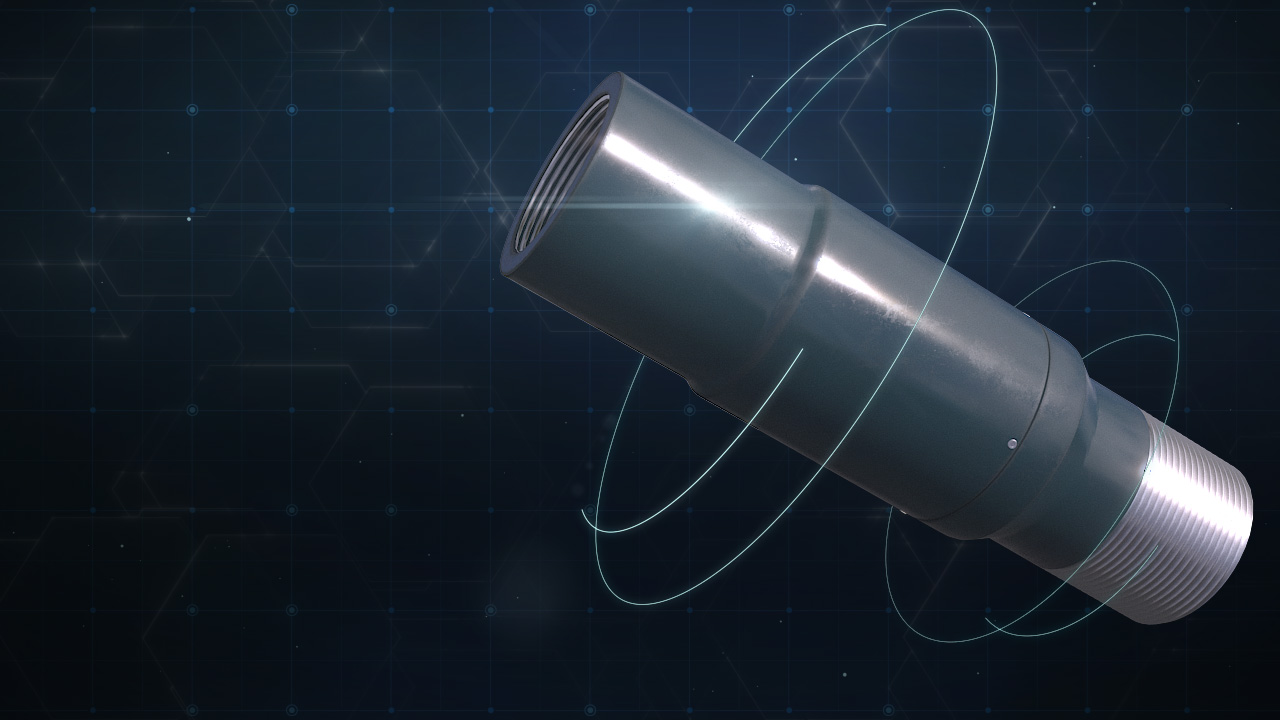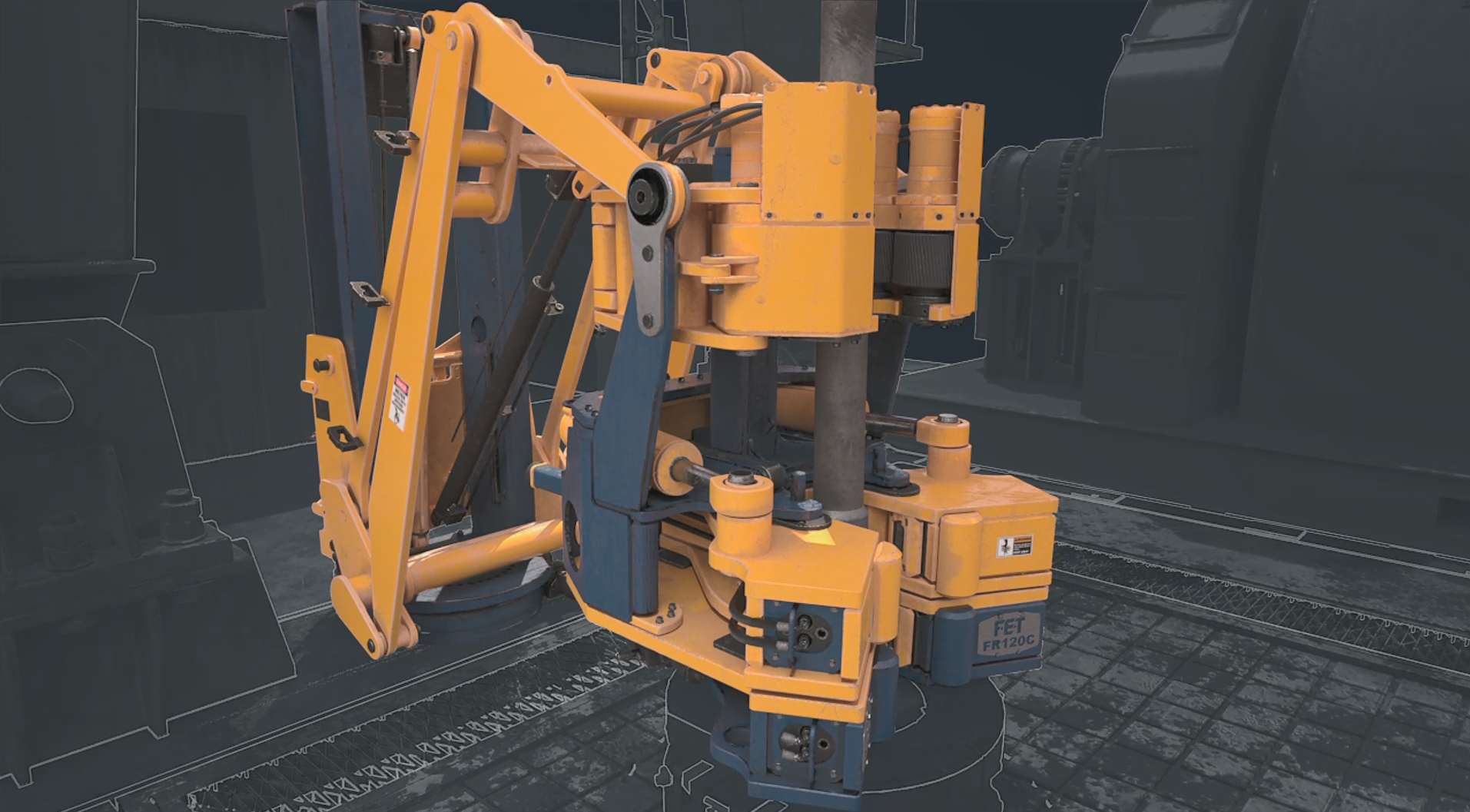Smart Solutions. Powerful Products.
FET (Forum Energy Technologies) is a global company, serving the oil, natural gas, industrial, and renewable energy industries. FET provides value-added solutions that increase the safety and efficiency of energy exploration and production. We are an environmentally and socially responsible company headquartered in Houston, TX with manufacturing, distribution, and service facilities strategically located throughout the world.
Latest News
Forum Energy Technologies to Present at the Sidoti Virtual Investor Conference
HOUSTON --(BUSINESS WIRE)--May 6, 2024-- Forum Energy Technologies, Inc. (NYSE: FET) announced today that Neal Lux , President and Chief Executive Officer, and Lyle Williams , Executive Vice President and Chief Financial Officer, are scheduled to present at the Sidoti Virtual Investor Conference on...
Forum Energy Technologies Announces First Quarter 2024 Results, Benefits from Variperm Acquisition
Revenue: $202 million , 9% sequential increase Orders: $204 million and book-to-bill ratio of 101% Net loss: $10 million and diluted EPS of $0.85 Adjusted EBITDA: $26 million , 69% sequential increase Operating cash flow and free cash flow: $5 million and $2 million , respectively Reaffirms full...
Forum Energy Technologies Announces Timing of First Quarter 2024 Earnings Conference Call
HOUSTON --(BUSINESS WIRE)--Apr. 16, 2024-- Forum Energy Technologies, Inc. (NYSE: FET) announced today that it will host its first quarter 2024 earnings conference call at 10:00 a.m. Central Time on Friday, May 3, 2024 . FET will issue a press release reporting its first quarter 2024 earnings prior...






